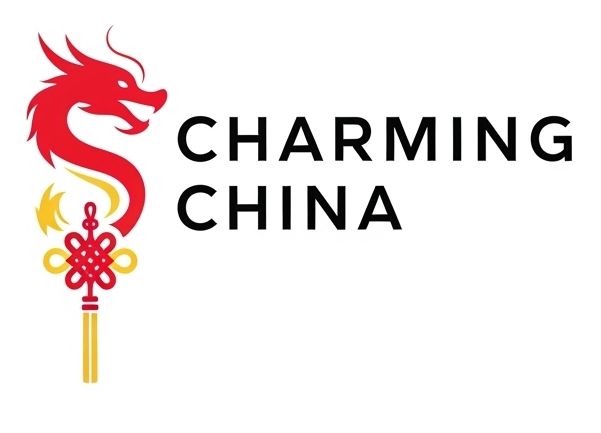Use of Energy: How Sun Tzu Maximized Efficiency and Momentum
In Chapter 5 of The Art of War, Sun Tzu explores the Use of Energy (or “Shi”), a concept that extends beyond military battlefields. Sun Tzu believed that wars—and by extension, all competitions—are not won by brute strength alone but by efficient energy allocation, momentum, and adaptability. His insights reveal how leaders can harness both direct and indirect strategies to achieve maximum results with minimal waste.
Key Principles of Sun Tzu’s Use of Energy
1. Direct vs. Indirect Methods
Sun Tzu distinguishes between:
- Direct methods: straightforward attacks, visible moves, and open strategies.
- Indirect methods: deception, surprise, and exploiting weaknesses unseen by the enemy.
The brilliance lies in combining these two, creating infinite variations that keep opponents off balance. In modern terms, this is like using a balance of predictable operations and unexpected innovations to stay ahead.
2. Momentum as a Force Multiplier
Sun Tzu notes: “In battle, there are not more than two methods of attack—the direct and the indirect; yet these two in combination give rise to an endless series of maneuvers.”
This shows the importance of momentum:
- Small forces, when properly directed, can achieve outsized impact.
- A leader’s job is to channel the energy of the group so that minimal effort produces maximum results.
- Momentum transforms ordinary actions into decisive victories.
Think of it like a snowball effect: once rolling, energy builds exponentially.
3. Efficiency Over Exhaustion
Wasting energy is a recipe for defeat. Sun Tzu stresses:
- Rotate and rest troops to avoid fatigue.
- Use timing to strike when the enemy is least prepared.
- Allocate resources smartly so that every effort serves the larger goal.
In modern business, this translates to avoiding burnout, streamlining workflows, and leveraging technology to maximize efficiency.
4. Adaptability and Flexibility
Energy must be used in harmony with circumstances. Sun Tzu teaches that strategy should adapt to terrain, timing, and the enemy’s state. A rigid plan drains energy, while a flexible one channels it effectively.
This adaptability is why The Art of War remains relevant for leaders, entrepreneurs, athletes, and even negotiators today.
Modern Applications of the Use of Energy
- Business Strategy: Combine predictable operations (direct) with innovation and disruption (indirect) to maximize efficiency.
- Sports Coaching: Rotate players, manage stamina, and harness momentum during peak moments.
- Personal Productivity: Alternate between focused work and strategic rest to maintain long-term performance.
- Military & Politics: Use both visible power and behind-the-scenes influence to shape outcomes efficiently.
Sun Tzu’s chapter on the Use of Energy reminds us that success is not about exhausting resources but about mastering momentum, balance, and timing. By combining direct and indirect strategies, leaders can unleash limitless possibilities while conserving strength for decisive moments. Efficiency, not force, creates lasting victories.
FAQ
Q1: What does “Use of Energy” mean in The Art of War?
It refers to how leaders manage resources, momentum, and strategies—direct and indirect—to achieve victory efficiently.
Q2: Why does Sun Tzu emphasize momentum?
Because momentum amplifies small efforts into large outcomes, allowing a smaller or weaker force to defeat a stronger one.
Q3: How can this apply to business?
Companies can balance steady operations (direct) with innovation and surprise (indirect) while managing resources efficiently.
Q4: What’s the danger of misusing energy?
Exhaustion, inefficiency, and vulnerability to counterattack—similar to burnout or wasted resources in modern contexts.
Q5: Is this principle still relevant today?
Yes, it applies to military strategy, leadership, corporate planning, sports, and personal productivity.
